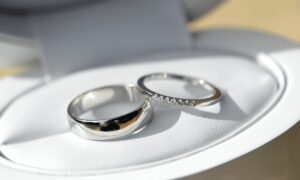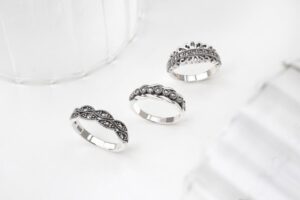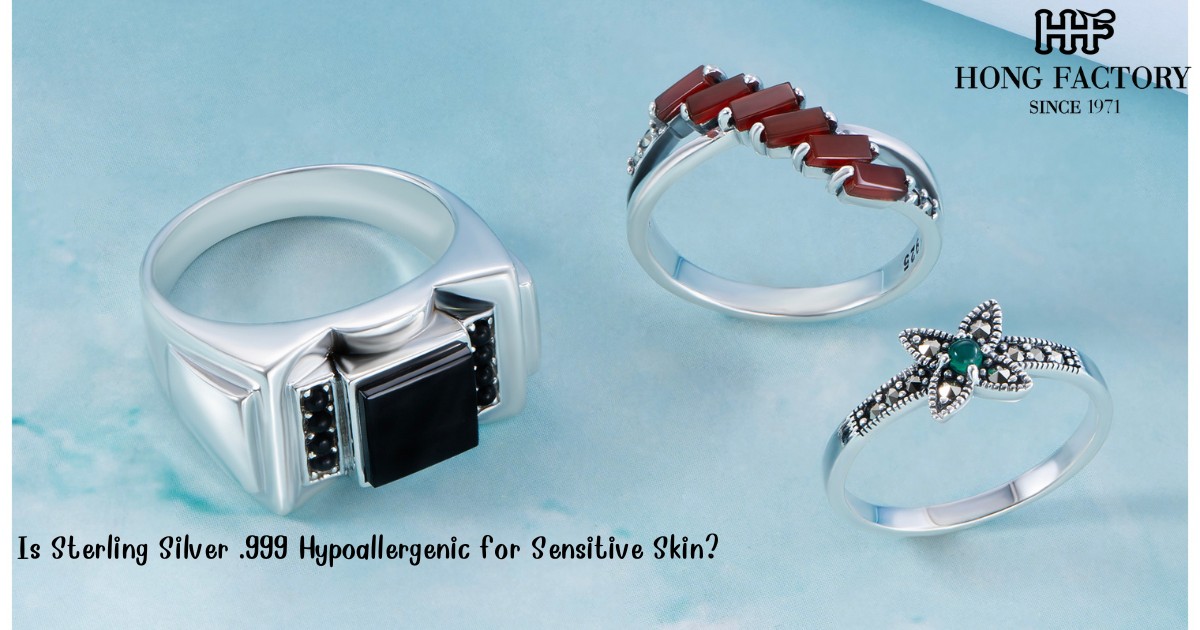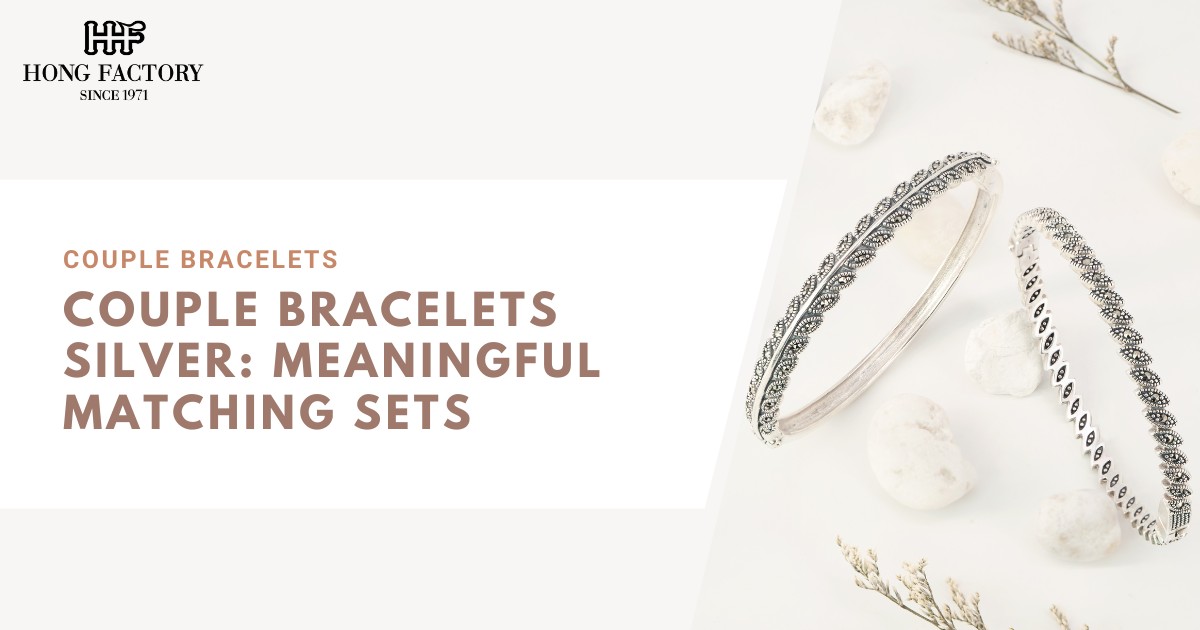Silver jewelry has always been admired for its luminous glow and sophistication. However, for individuals with sensitive skin, the question often arises is sterling silver .999 hypoallergenic?
Understanding how silver purity affects skin compatibility is essential before choosing the right jewelry. This article explores what “Is Sterling Silver .999” truly means, its hypoallergenic properties, and whether it’s suitable for people prone to skin irritation. marcasite

Understanding What .999 Silver Means
The term .999 silver refers to silver that is 99.9% pure, containing only a trace amount (0.1%) of other elements. It’s commonly known as fine silver or pure silver and represents the highest level of purity used in jewelry or collectibles. Because it lacks common alloy metals like copper or nickel, .999 silver is naturally gentle on the skin.
By comparison, .925 sterling silver contains 92.5% silver and 7.5% other metals, most often copper. This alloy increases durability but may cause mild irritation in rare cases, especially for those with extreme metal sensitivities.
Is Sterling Silver .999 Hypoallergenic?
Yes, .999 silver is considered hypoallergenic. Its near-pure composition makes it one of the safest metals for sensitive skin. Since it contains minimal trace metals, it rarely triggers allergic reactions. People who experience rashes, redness, or irritation from lower-quality metals such as nickel or brass can usually wear .999 silver without issues.
However, not all silver jewelry marketed as sterling or pure actually meets .999 purity standards. Some cheaper alloys may contain nickel or other irritants, which can lead to discomfort. Therefore, it’s important to verify authenticity by checking for hallmarks like “999” or “Fine Silver.”
Why .999 Silver Is Gentle on Skin
Pure silver has a natural resistance to corrosion and doesn’t react with most skin types. Because it contains virtually no allergenic metals, it’s an excellent choice for earrings, rings, or necklaces worn close to the skin. The absence of nickel a common cause of allergic contact dermatitis makes fine silver especially popular among people with metal allergies.
Furthermore, fine silver is biocompatible, meaning it interacts well with the human body. This is why it’s even used in medical-grade applications, such as wound dressings and surgical instruments.

The Difference Between .999 and .925 Silver for Sensitive Skin
While .999 silver is the purest and safest option, .925 sterling silver is also generally hypoallergenic. Most people can wear sterling silver without any adverse reactions. The small amount of copper added to sterling silver does not usually cause irritation, but it can oxidize over time, producing tarnish that may slightly affect very sensitive skin.
If you’ve ever noticed your skin turning green or black from wearing silver jewelry, it’s likely due to a reaction between your skin’s natural oils and the copper in sterling silver not an allergic reaction. Cleaning and polishing your jewelry regularly can prevent this.
When .999 Silver Is the Best Choice
Choosing .999 fine silver is ideal if you:
- Have extremely sensitive skin or a known allergy to metal alloys.
- Prefer high-purity jewelry free from additives.
- Want eco-friendly and biocompatible materials.
- Seek collectible or premium-quality pieces with long-lasting value.
Although .999 silver is softer than sterling silver, it’s perfect for earrings, pendants, and lightweight accessories that don’t endure heavy wear.
Tips for Buying Hypoallergenic Silver Jewelry
When selecting jewelry for sensitive skin, keep these points in mind:
- Check the Purity Stamp: Look for markings such as “999” or “Fine Silver.” These confirm authenticity and purity.
- Avoid Nickel-Plated Jewelry: Some silver-plated pieces contain nickel underneath, which can trigger reactions.
- Choose Reputable Sellers: Buy from trusted jewelers who provide certification or quality assurance.
- Maintain Cleanliness: Regularly polish silver jewelry to prevent oxidation and residue buildup.
- Store Properly: Keep pieces in anti-tarnish pouches to protect their surface and prevent chemical exposure.

How to Care for .999 Silver Jewelry
Fine silver resists tarnish better than sterling silver, but it still benefits from proper maintenance. To keep it radiant and hypoallergenic:
- Wipe jewelry gently with a soft, lint-free cloth after each wear.
- Avoid contact with lotions, perfumes, or cleaning agents.
- Store in a cool, dry place away from humidity.
Following these care tips ensures your silver remains safe and beautiful for years.
Why Jewelers Rarely Use .999 Silver for Everyday Pieces
Although fine silver is hypoallergenic, its softness makes it less ideal for rings or bracelets exposed to daily friction. Many jewelers prefer .925 sterling silver for its balance of durability and comfort. Some brands even offer nickel-free sterling silver, combining safety with long-lasting strength.
For collectors or customers with skin sensitivities, .999 silver remains an excellent option for earrings, pendants, or special-occasion jewelry.
So, is sterling silver .999 hypoallergenic for sensitive skin? Absolutely. Its purity ensures it’s one of the safest metals you can wear, making it ideal for individuals with allergies or highly reactive skin. While it’s softer than sterling silver, its hypoallergenic nature, elegant shine, and timeless beauty make it a top choice for premium, skin-friendly jewelry.
If you’re looking for jewelry that combines luxury with comfort, .999 fine silver is the perfect investment pure, gentle, and stunningly beautiful.



